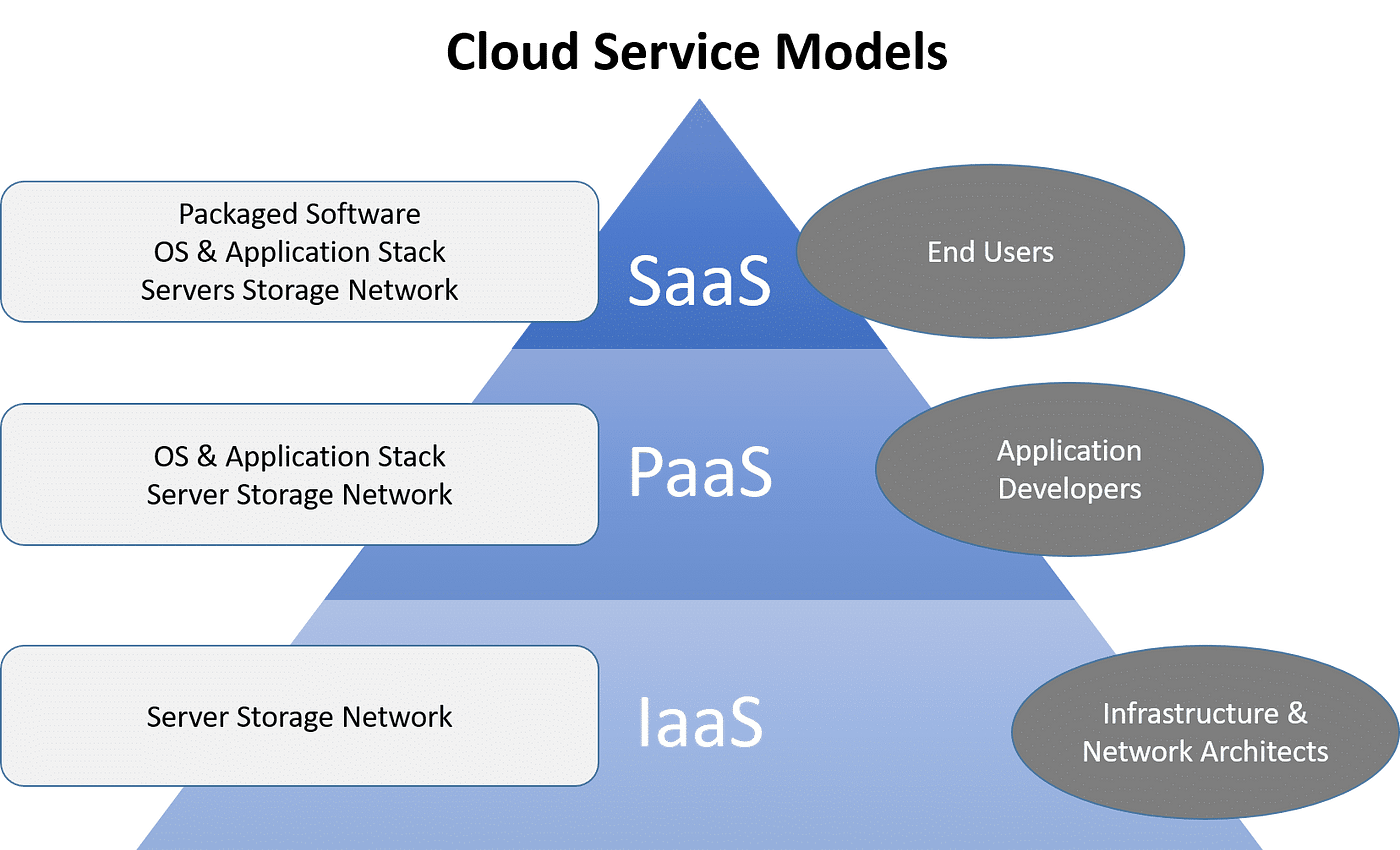LinkDaddy Cloud Services Decoded: Insider Insights into Universal Cloud Service Advancements
LinkDaddy Cloud Services Decoded: Insider Insights into Universal Cloud Service Advancements
Blog Article
Simplify Your Facilities With Cloud Services
As businesses navigate the ever-evolving landscape of innovation and information management, the role of cloud solutions in simplifying infrastructure has actually become increasingly prominent. How can organizations successfully navigate this shift and absolutely unlock the capacity of cloud services for streamlining their infrastructure?
Benefits of Cloud Services
Cloud services offer a streamlined method to managing IT facilities, giving organizations with cost-efficiency, flexibility, and scalability. One of the vital benefits of cloud solutions is the scalability they provide. Organizations can easily scale their sources up or down based upon demand, ensuring they just spend for what they use. This flexibility is especially beneficial for organizations with varying needs or those experiencing growth.
Additionally, cloud services get rid of the need for organizations to purchase pricey hardware and software application. This cost-efficiency is a substantial benefit, especially for little to medium-sized ventures wanting to decrease upfront costs. By making use of cloud services, companies can access high-grade IT sources without the hefty price tag linked with typical facilities configurations.
Moreover, cloud services supply services with the flexibility to access their data and applications from anywhere with a net connection. This degree of access boosts cooperation among groups, makes it possible for remote work, and boosts general performance. The flexibility supplied by cloud services encourages businesses to adjust quickly to changing market problems and consumer needs.
Cost Cost Savings and Scalability
In enhancement to the functional advantages highlighted earlier, the combination of cloud solutions into a business's infrastructure brings forth significant price financial savings and improved scalability. Cloud services supply a pay-as-you-go version, allowing businesses to range sources up or down based on present requirements, consequently preventing the prices connected with preserving excess capacity. This flexibility makes it possible for business to adapt swiftly to fluctuating demands without sustaining unneeded expenses.
Moreover, cloud services get rid of the demand for in advance investments in equipment and software, lowering capital investment. Business expenses are likewise reduced as companies no longer require to manage and preserve physical web servers, resulting in reduced energy consumption and IT staffing expenses. Furthermore, cloud solutions give automatic updates and maintenance, guaranteeing that the framework remains safe and secure and current without needing manual interventions.
Improved Safety Steps
Applying rigorous protection actions is extremely important when incorporating cloud solutions right into a firm's infrastructure to protect sensitive information and make certain compliance with market guidelines. Cloud solution companies use boosted safety attributes such as information security, firewall protection, and multi-factor authentication to reduce cybersecurity risks.
Additionally, routine safety and security audits and compliance assessments assist recognize susceptabilities and guarantee adherence to industry criteria. Business can additionally gain from features like automatic safety updates and real-time threat surveillance offered by cloud provider. By prioritizing safety steps and staying positive in dealing with potential dangers, services can confidently utilize cloud solutions while protecting their valuable data from unauthorized accessibility or violations.
Transitioning to Cloud Framework
To successfully incorporate cloud solutions into a business's framework, a structured technique that addresses the change in the direction of cloud-based services is vital. Transitioning to shadow infrastructure includes careful preparation and implementation to ensure a smooth movement procedure. The primary step Read More Here is to analyze the current facilities and determine which applications and systems are ideal for migration to the cloud. This assessment should take into consideration aspects such as information level of sensitivity, conformity requirements, and performance needs.
Once the assessment is complete, a migration strategy must be created. This strategy must describe the timeline, sources, and obligations for relocating each element to the cloud. It is vital to communicate this plan clearly to all stakeholders to make certain placement and decrease disturbances throughout the shift.
During the migration procedure, monitoring and screening are crucial to determine and attend to any problems quickly. Regular checkpoints should be established to track development and make needed changes. In addition, training for workers on making use of cloud solutions need to be offered to make certain a successful change and make best use of the benefits of the new facilities.
Best Practices for Cloud Adoption
Successful adoption of cloud solutions depends upon the strategic placement of company go to website purposes with technological capacities and organizational preparedness. To ensure a smooth shift to the cloud, organizations must start by carrying out a comprehensive evaluation of their current facilities and recognizing which workloads are best fit for cloud movement. It is vital to involve crucial stakeholders from various departments in the decision-making procedure to acquire buy-in and resolve any type of concerns early.
Another finest technique for cloud adoption is to prioritize safety and compliance. Organizations needs to very carefully evaluate the protection procedures offered by cloud solution suppliers and guarantee that their data is secured according to sector requirements and regulative requirements. Executing durable data security, accessibility controls, and routine protection audits can help reduce risks connected with cloud adoption.

Conclusion

As services navigate the ever-evolving landscape of modern technology and data administration, the function of cloud solutions in streamlining infrastructure has come to be progressively famous - click site linkdaddy cloud services press release. How can services properly navigate this shift and absolutely unlock the potential of cloud solutions for simplifying their facilities?
Cloud services supply a streamlined approach to managing IT facilities, supplying businesses with flexibility, scalability, and cost-efficiency. By using cloud services, services can access premium IT sources without the hefty rate tag linked with traditional facilities arrangements.
To ensure a smooth transition to the cloud, organizations need to begin by conducting a detailed analysis of their current facilities and determining which work are best fit for cloud movement.
Report this page